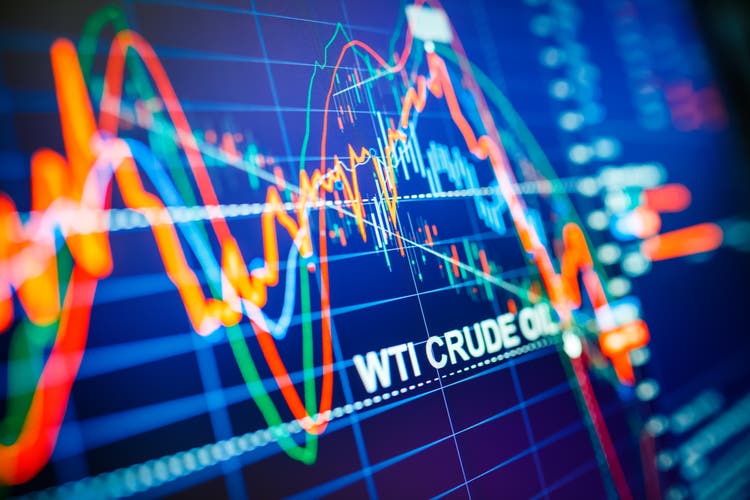Europe’s carbon price crash looks like serious market myopia
Unlock the Editor’s Digest for free
Roula Khalaf, Editor of the FT, selects her favourite stories in this weekly newsletter.
Boom and bust cycles are a feature of the economy. It should be no surprise that the carbon market is also prone to this phenomenon. The cost of emitting CO₂ in Europe has crashed over the past year, sowing the seeds of a future carbon crunch.
The price of CO₂ allowances under the EU emissions trading system has halved since February 2023, to just €52/tonne. The market is oversupplied for one good reason: the bloc is belching out far less CO₂ — 1.2bn tonnes this year, thinks commodity data and analysis provider ICIS, compared with 1.4bn tonnes in 2022. Less cheeringly, there are also plenty of allowances sloshing around because the EU is auctioning off extra lots to help pay for the energy transition.
That all sounds like the workings of a functioning market. But not one that manages to look very far ahead. The EU has committed to cutting the supply of ETS permits by 62 per cent by 2030, which should already lead to a 200mn reduction in permits available by 2027 compared with today.
Meanwhile, quite a lot of Europe’s missing CO₂ is cyclical, rather than structural. Almost half of ETS emissions come from the industrial sector, which has been hobbled by high energy prices. As the European economy picks up momentum, emissions should start growing again.
Most of the rest of ETS emissions covers the power sector, which is on a better trajectory, with a greater share of generation coming from renewables. Given low gas prices, gas-fired power plants have edged out dirtier coal production.
There is a cyclical element here too. Lower demand for electricity — down almost 7 per cent between 2021 and 2023 — is a consequence of the price spikes in 2022 and should reverse.
All of this makes for a muted emissions reduction trajectory. The amount of CO₂ emitted in 2026/27 is expected to be roughly the same as today. Given the mandated drop in the availability of permits, the market may well be tight, to the tune to a few hundred million tonnes of CO₂ permits.
The current low carbon prices will exacerbate the coming squeeze, by reducing the pressure to invest in new abatement technologies. Carbon capture, for instance, requires a CO₂ price above €100/tonne to stack up. Hydrogen may well be higher than that.
Imperfect markets are a fact of life. But volatility is particularly concerning in CO₂ trading, given it is supposed to provide signals to incentivise structural, long-term projects.
The EU has put in place systems to absorb oversupply gradually. The lesson from the current crash is that it remains too clunky to deliver the required impetus to decarbonisation.
Lex is the FT’s concise daily investment column. Expert writers in four global financial centres provide informed, timely opinions on capital trends and big businesses. Click to explore
Source link




